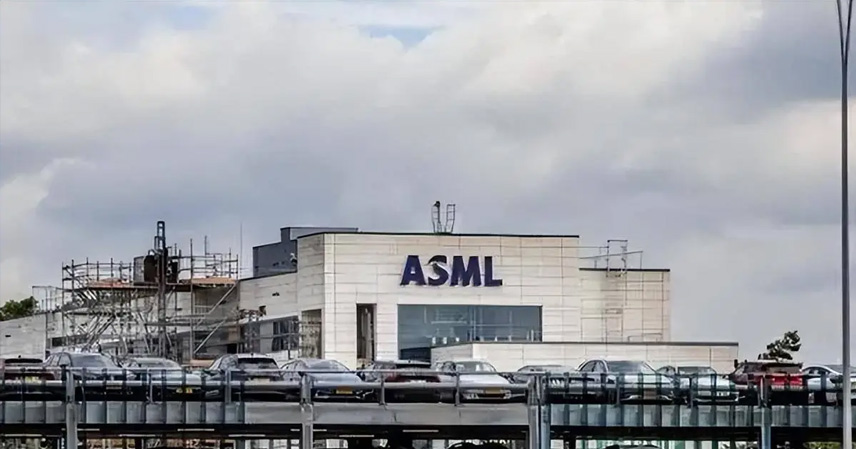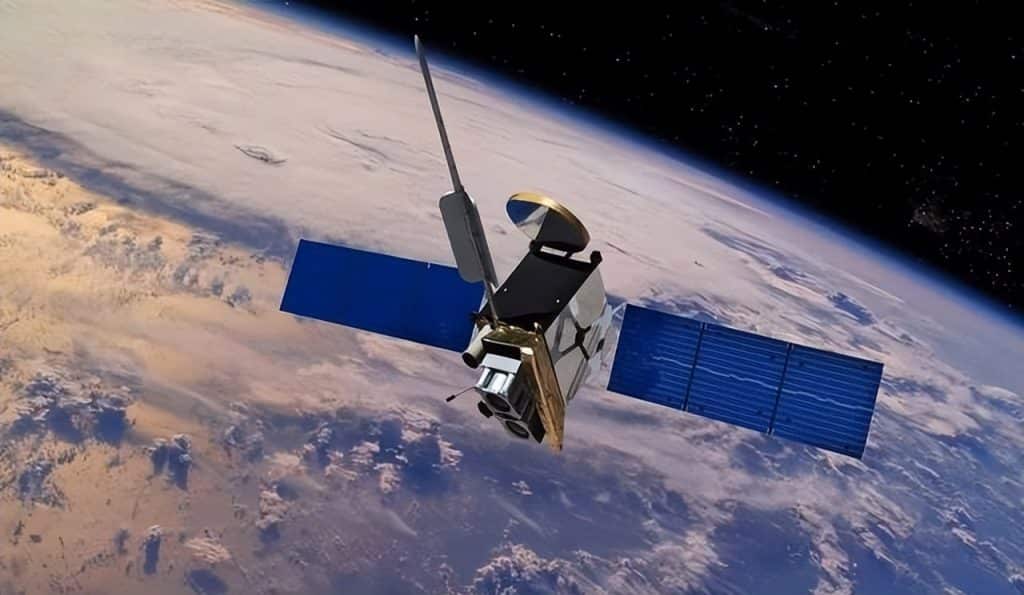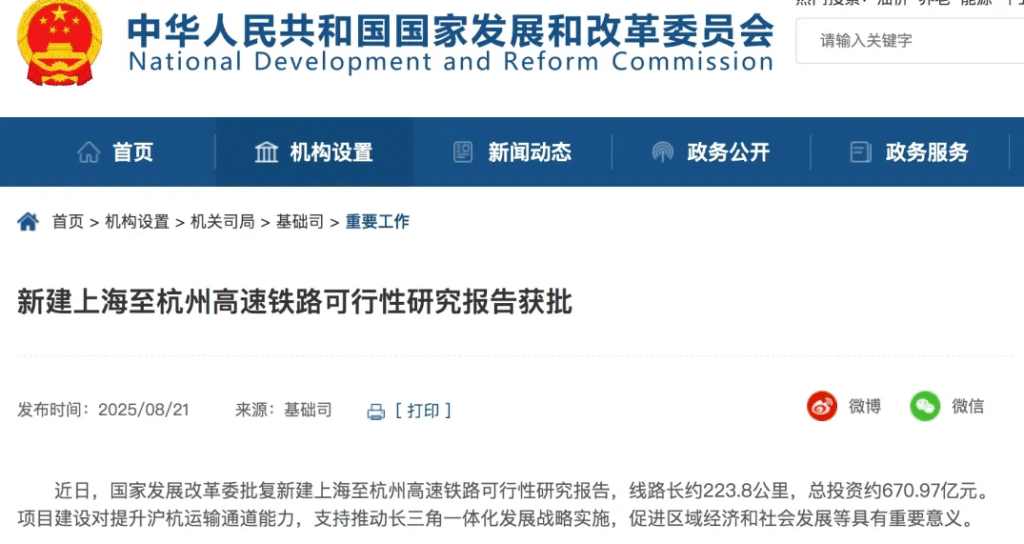China has officially imposed its strictest export restrictions on key raw materials, equipment, and enterprises linked to the Netherlands’ ASML lithography machines. All negotiation windows are closed, and exemption requests are being ignored. It’s clear — this time, Beijing means business.
No one expected that the fate of the world’s most advanced lithography machine could be determined by a handful of rare earth elements.
A Power Shift in the Semiconductor Chain
ASML, the world’s only producer of EUV lithography systems, now faces a serious bottleneck. Despite holding over €30 billion in global chip orders, its production lines could stall because of a few “ordinary” metals that are anything but ordinary in high-tech manufacturing.
The trigger? A new Chinese regulation: any product containing even 0.1% rare earth content must go through an export approval process. It sounds minor but hits at the heart of ASML’s supply chain.
Lithography machines cannot function without rare earths — materials used in laser components, magnetic suspension systems, precision motors, and optical assemblies. Out of the more than 100,000 parts in an EUV system, over 3,000 require rare earth elements.
And China dominates this field:
- 70% of global rare earth mining,
- 90% of refining and separation,
- 93% of magnet production
all happen in China.
It’s like a river — no matter how fast it flows downstream, the source controls everything.
Global Rules, Chinese Approval
To make matters worse for ASML, the new rule doesn’t only apply to direct exports. Any overseas product that uses Chinese rare earth technology or materials must also apply for approval. This means that even European or Japanese suppliers cannot bypass China’s export gate if their components include Chinese-origin rare earths.
ASML has tried to find alternatives — with little success.
- Some suppliers attempted to replace neodymium-iron-boron magnets, only to see costs soar by 40% while performance dropped.
- Others turned to Southeast Asia, but output and quality fell short of industrial standards.
Stockpiles can sustain production temporarily, but not for long. Reports suggest that critical components have fewer than 90 days of inventory. Once depleted, delivery delays of up to 12 weeks or more could paralyze global chip manufacturing.
And the ripple effects go far beyond ASML. TSMC, Samsung, and Intel — all rely on timely lithography machine deliveries. A single bottleneck could disrupt entire chip production schedules worldwide.
The Irony of Dependence
For years, ASML has complied with Western export bans that blocked its most advanced systems from being sold to China. Yet, ironically, China remains one of ASML’s largest markets, accounting for a significant portion of its revenue.
This underscores an unavoidable truth: global industry is deeply intertwined. No company or technology can exist in isolation.
China’s latest move is not a symbolic sanction — it’s a technically precise, system-level restriction designed to leave no loopholes. Whether through third-party transfers or indirect exports, any link to Chinese rare earth materials now requires permission.
The Battle Over Fundamentals
This new reality flips the narrative. The rare earth showdown reveals a crucial fact: even the most advanced technology depends on the most basic materials.
A lithography machine may cost over €180 million and require four cargo planes to transport, but without rare earths, it’s just a pile of inert metal and silicon.
This isn’t to downplay technology — it’s a reminder that industrial power begins at the elemental level. From ore mining to chip fabrication, every step matters.
The recent tit-for-tat between China and the Netherlands — where Dutch authorities froze Chinese chip assets, and Beijing responded with export bans — shows how interdependence can become a double-edged sword. European automakers, reliant on Chinese chip suppliers, are already feeling the pain.
This is a deeply interconnected world. When one link falters, the whole chain trembles.
The Resource Card and Its Timing
The rare earth restriction is more than a countermeasure — it’s a strategic recalibration. For decades, China quietly honed its refining expertise, and now that technical lead has become a global bargaining chip.
Top-tier rare earth purification is like slow cooking over low heat — a skill developed through patience, not something competitors can copy overnight.
By leveraging its near-monopoly in processing and magnet manufacturing, China has effectively seized the initiative in a segment the West long took for granted.
This doesn’t mean confrontation is the goal. In fact, China’s message is nuanced: the door to cooperation isn’t locked, but the terms have changed. It’s not about revenge — it’s about restoring balance and respect in global trade.
A New Industrial Reality
The lesson is clear: in the global supply chain, whoever controls the irreplaceable link holds the power.
China’s evolution from the “world’s factory” to a technological origin point has been long and difficult, but it’s beginning to bear fruit. Now, with the upper hand, Beijing faces a dual challenge — standing firm while keeping dialogue open.
After all, burning bridges benefits no one, but showing weakness invites more pressure.
Ultimately, international competition is like a game of chess. Victory doesn’t go to the player who wins one move — it belongs to the one who can maintain strength while keeping the game alive.



